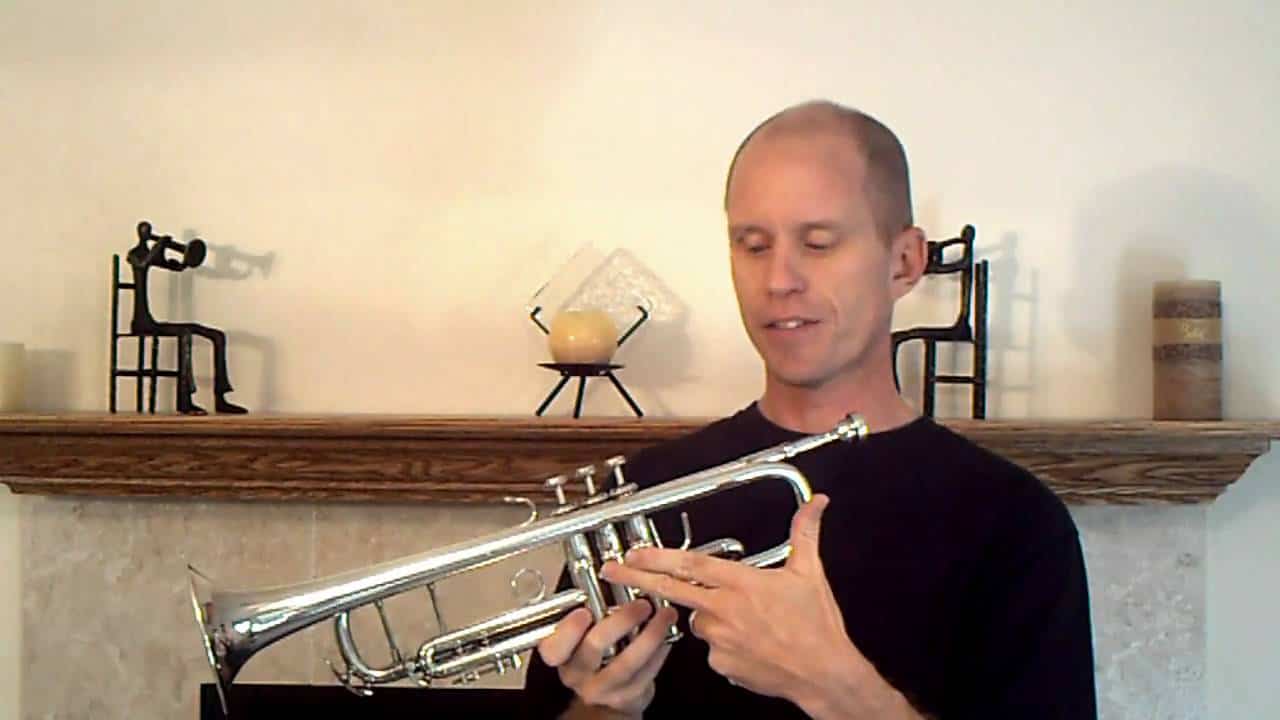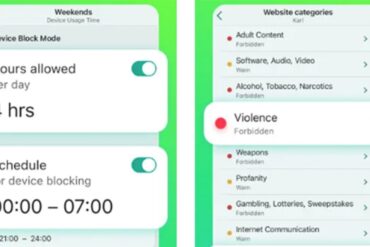Unlock the Joy of Trumpet Playing with Our Beginner’s Guide!
Hey there, musical trailblazers and parent maestros! Are you ready to embark on a melodious journey with your young ones? If your little star has shown an interest in the dazzling world of the trumpet, you’ve come to the perfect spot! The trumpet’s golden tones can be both exhilarating and challenging, but with our friendly guide, you’ll find that learning how to play this brass beauty is a thrill-filled adventure!
Understanding the Trumpet: The Instrument That Speaks the Language of Joy!
The trumpet is a brass instrument known for its powerful and bright sound, which has charmed music lovers for centuries. Its presence is commanding in orchestras, jazz bands, and marching bands alike. Before diving into playing techniques, let’s get friendly with the basic components of this magnificent instrument.
- The Mouthpiece: The mouthpiece is the starting point of your trumpet journey. It’s where the buzzing magic begins, making it a critical piece to understand and care for.
- The Valves: These are the keys (three of them!) to changing pitches on the trumpet. By pressing down different combinations of valves, you can play a variety of notes.
- The Bell: The bell is where the sound waves say “goodbye” to the trumpet and “hello” to the world. Its flared shape helps project the sound.
- The Leadpipe: This is the path from the mouthpiece to the rest of the trumpet, setting the stage for the beautiful music you’re about to create.
Step-by-Step Basics of Trumpet Playing
Now, let’s delve into the heart of trumpet playing. Here’s a step-by-step guide to help your child master the fundamentals:
- Mastering the Embouchure: The embouchure is how a player positions their mouth on the mouthpiece. Proper embouchure is achieved by pressing the lips together and blowing to create a vibration that produces sound through the instrument.
- Perfecting the Buzz: Buzzing is essential for playing the trumpet. Encourage your child to practice buzzing their lips without the trumpet first to get a feel for the vibration needed.
- First Notes and Valves: Begin with simple notes, teaching your child to use their embouchure and airflow to change pitches. Learning how each valve combination corresponds to different notes will pave the way for playing scales and melodies.
- Breath Control: Trumpet playing requires exceptional breath control. Teach your child to take deep breaths and use their diaphragm to produce a steady, controlled stream of air.
- Practicing Scales: Scales are the building blocks of music. Start with a simple C major scale, and as proficiency increases, explore more challenging scales.
Caring for Your Trumpet: Keep It Shiny and Sounding Beautiful
Pamper your trumpet, and it will pamper your ears in return! Trumpet maintenance is as vital as practice. Regular cleaning, oiling the valves, and ensuring the slides move smoothly will keep the trumpet in top playing condition. Show your child how to care for their instrument, and they’ll develop good habits that last a lifetime.
Feeling jazzed up and brimming with excitement? Stay tuned for more in-depth explorations as we cover various techniques, practice tips, and fun exercises to help your little musician thrive in the vivacious world of trumpet playing! Every step forward will resonate with progress, and whether the goal is to be the star of the school band or the lead in a jazz ensemble, learning to play the trumpet will be an infinitely rewarding journey.
Remember, patience and practice are the keys to success, and you’ve got the most enthusiastic partner in us! With each note your child plays, they’re not only learning an instrument, they’re learning discipline, dedication, and the joy of music. So, let’s keep the rhythm rolling, the fun flowing, and the trumpets blaring!
Stay on the lookout for more delightful insights and get ready to trumpet your way to musical magnificence together. Happy trumpeting!

5 Things Parents Should Know When Preparing for Trumpet Lessons
Finding the Right Instructor
One of the most crucial decisions you’ll make is selecting the right trumpet teacher. Look for an instructor who is not only skilled but also inspires and connects with your child. A good teacher will tailor lessons to fit your child’s unique pace and make learning enjoyable. It’s the perfect blend of expertise and enthusiasm that will kindle your child’s passion for playing the trumpet.
Choosing the Right Trumpet
It’s easy to get lost in the sea of trumpet choices, but finding the right fit for your child is essential. You’ll want to consider the trumpet’s size, weight, and valve action. Beginners often start with a standard Bb trumpet, known for its versatility and ease of play. Ensure it’s comfortable for your child to hold and that the valves are responsive to their touch. Renting an instrument initially can also be a cost-effective way to gauge your child’s interest before committing to a purchase.
Creating a Practice Sanctuary
Consistent practice is the cornerstone of musical growth, so it’s important to create a dedicated, distraction-free space where your child can practice. This environment should be positive and supportive, where your child feels comfortable to experiment and make mistakes without judgement.
Embracing the Learning Curve
Learning the trumpet isn’t a quick process—it’s a series of small victories and inevitable challenges. It’s vital that parents understand this and encourage perseverance. Celebrate progress, not perfection, and remind your child that even professional musicians had to start somewhere. Your support will be a powerful motivator as they advance on their trumpet journey.
Encouraging Musical Exploration
Expose your child to a wide variety of music styles. From classical to jazz, or pop to marching band tunes, each genre offers unique learning opportunities and challenges. This not only enhances their musical understanding but also keeps practice sessions fresh and engaging. Plus, attending live performances can be a thrilling experience that might just spark a lifelong love of music.
Equip your child with these five preparation pillars, and watch as they blossom into confident, skilled trumpet players. Above all, keep the joy of music alive in your home, and your child’s musical journey will be an unforgettable one. Now let’s swing into the world of melodies, harmonies, and the beautiful buzz of the trumpet—exciting times are ahead!
See more great Things to Do with Kids in New Zealand here. For more information see here
Disclaimer
The articles available via our website provide general information only and we strongly urge readers to exercise caution and conduct their own thorough research and fact-checking. The information presented should not be taken as absolute truth, and, to the maximum extent permitted by law, we will not be held liable for any inaccuracies or errors in the content. It is essential for individuals to independently verify and validate the information before making any decisions or taking any actions based on the articles.




